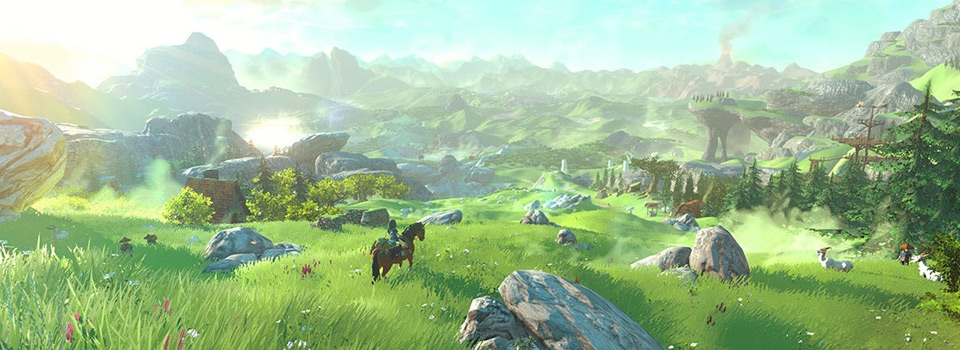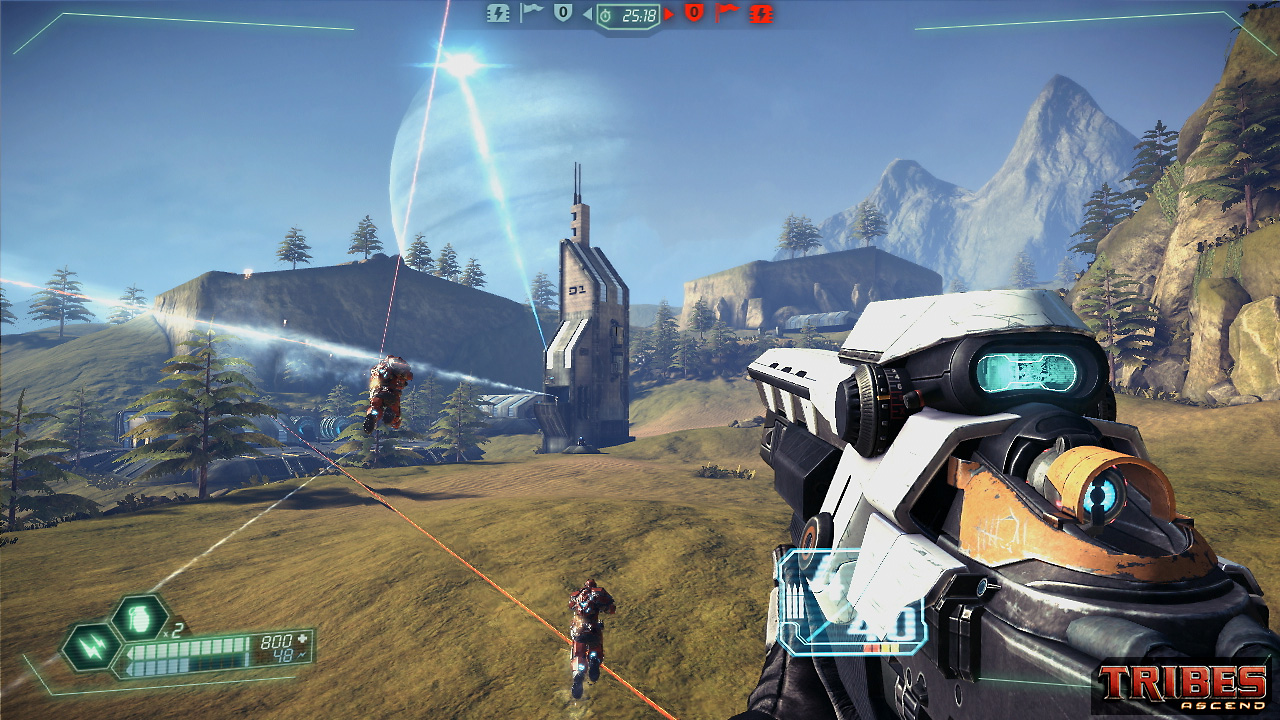The Ever-Evolving Landscape Of Free-to-Play PC Games
The Ever-Evolving Landscape of Free-to-Play PC Games
Related Articles: The Ever-Evolving Landscape of Free-to-Play PC Games
Introduction
In this auspicious occasion, we are delighted to delve into the intriguing topic related to The Ever-Evolving Landscape of Free-to-Play PC Games. Let’s weave interesting information and offer fresh perspectives to the readers.
Table of Content
- 1 Related Articles: The Ever-Evolving Landscape of Free-to-Play PC Games
- 2 Introduction
- 3 The Ever-Evolving Landscape of Free-to-Play PC Games
- 3.1 A Historical Perspective: From Niche to Mainstream
- 3.2 The Mechanics of Free-to-Play: A Closer Look
- 3.3 Diverse Genres and Gaming Experiences
- 3.4 The Impact of Free-to-Play: A New Era of Gaming
- 3.5 Challenges and Considerations: A Balanced Perspective
- 3.6 Frequently Asked Questions about Free-to-Play Games
- 3.7 Tips for Playing Free-to-Play Games Responsibly
- 3.8 Conclusion: A Future Shaped by Free-to-Play
- 4 Closure
The Ever-Evolving Landscape of Free-to-Play PC Games

The realm of online gaming has witnessed a dramatic shift in recent years, with the rise of the free-to-play (F2P) model becoming a dominant force in the PC gaming landscape. This evolution has brought about a plethora of accessible and engaging experiences, captivating millions of players worldwide. This article delves into the intricacies of this phenomenon, exploring its history, characteristics, and the multifaceted impact it has had on the gaming industry and its players.
A Historical Perspective: From Niche to Mainstream
The origins of free-to-play gaming can be traced back to the early days of online gaming, with titles like "EverQuest" and "Ultima Online" offering free trials or limited access to their virtual worlds. However, the true emergence of the F2P model as a viable business model can be attributed to the late 2000s and early 2010s. Games like "League of Legends" and "Team Fortress 2" pioneered this approach, demonstrating its potential to attract a vast player base and generate significant revenue through microtransactions and in-game purchases.
This shift from traditional subscription-based models to free-to-play was driven by several factors. The increasing accessibility of broadband internet and the rise of digital distribution platforms like Steam made it easier for players to access and download games. Additionally, the growing popularity of mobile gaming, where F2P models were already established, influenced the PC gaming market.
The Mechanics of Free-to-Play: A Closer Look
Free-to-play games typically offer a core gameplay experience free of charge, enticing players to invest time and effort in mastering the game’s mechanics. However, the monetization strategy lies in the inclusion of optional in-game purchases, which can range from cosmetic items to gameplay-enhancing features.
This system has been the subject of much debate, with some criticizing it for creating pay-to-win scenarios where players with deeper wallets can gain an advantage over those who choose not to spend money. However, proponents argue that F2P models provide a more accessible entry point for new players, allowing them to experience the game before committing to any financial investment.
Diverse Genres and Gaming Experiences
Free-to-play games span a wide array of genres, catering to various tastes and preferences. From the competitive thrills of MOBA games like "Dota 2" and "League of Legends" to the immersive worlds of massively multiplayer online role-playing games (MMORPGs) like "Black Desert Online" and "Neverwinter", there is a free-to-play option for every type of gamer.
Furthermore, the F2P model has facilitated the emergence of innovative genres, such as battle royale games like "Fortnite" and "Apex Legends", which have become cultural phenomena. These games offer a fast-paced and unpredictable experience, attracting a large and diverse player base.
The Impact of Free-to-Play: A New Era of Gaming
The rise of free-to-play games has had a profound impact on the gaming industry. It has democratized access to high-quality gaming experiences, bringing in new players who may not have been able to afford traditional paid games. This has led to a significant increase in the overall player base, boosting the industry’s growth.
Moreover, F2P models have encouraged developers to focus on creating engaging and addictive gameplay, as players are more likely to spend money on games they truly enjoy. This has resulted in a higher standard of quality and innovation within the free-to-play space.
Challenges and Considerations: A Balanced Perspective
While the free-to-play model has brought numerous benefits, it is not without its challenges. The monetization strategy, particularly the inclusion of loot boxes and other randomized rewards, has raised concerns about potential gambling mechanics and the potential for predatory practices.
Additionally, the competitive nature of some F2P games can lead to a toxic environment, with players engaging in verbal abuse and harassment. Developers and publishers have a responsibility to address these issues and create a more inclusive and respectful gaming community.
Frequently Asked Questions about Free-to-Play Games
Q: Are free-to-play games truly free?
A: While the initial download and access to the core gameplay are free, most free-to-play games offer optional in-game purchases that can enhance the gameplay experience. These purchases can range from cosmetic items to gameplay-enhancing features.
Q: How do free-to-play games make money?
A: Free-to-play games generate revenue through microtransactions, which are small in-game purchases. These purchases can include cosmetic items, virtual currency, gameplay-enhancing features, or exclusive content.
Q: Are free-to-play games pay-to-win?
A: This is a complex issue, and the answer varies from game to game. Some free-to-play games offer a balanced experience where players can progress through the game without spending money, while others may offer advantages to players who make in-game purchases.
Q: What are the risks associated with free-to-play games?
A: The main risk associated with free-to-play games is the potential for overspending on in-game purchases. It is important to set a budget and stick to it to avoid spending more than you can afford. Additionally, some games may employ predatory monetization practices, such as loot boxes, which can be addictive and lead to excessive spending.
Tips for Playing Free-to-Play Games Responsibly
- Set a Budget: Before playing any free-to-play game, decide how much money you are willing to spend on in-game purchases.
- Avoid Impulsive Spending: Don’t make rash decisions about in-game purchases. Take your time to consider whether the item or feature is truly worth the cost.
- Focus on Gameplay: Remember that the core gameplay experience should be enjoyable without spending money.
- Read Reviews: Check out reviews from other players to get an idea of the game’s monetization strategy and whether it is fair and balanced.
- Take Breaks: If you find yourself spending too much time or money on a free-to-play game, take a break and reassess your relationship with the game.
Conclusion: A Future Shaped by Free-to-Play
The free-to-play model has transformed the gaming landscape, providing a platform for innovative and accessible gaming experiences. While challenges remain, the future of online gaming is likely to be shaped by the continued evolution of this model. As developers continue to refine monetization strategies and create more engaging and balanced gameplay, free-to-play games will continue to attract a vast and diverse player base, shaping the future of the gaming industry.








Closure
Thus, we hope this article has provided valuable insights into The Ever-Evolving Landscape of Free-to-Play PC Games. We appreciate your attention to our article. See you in our next article!